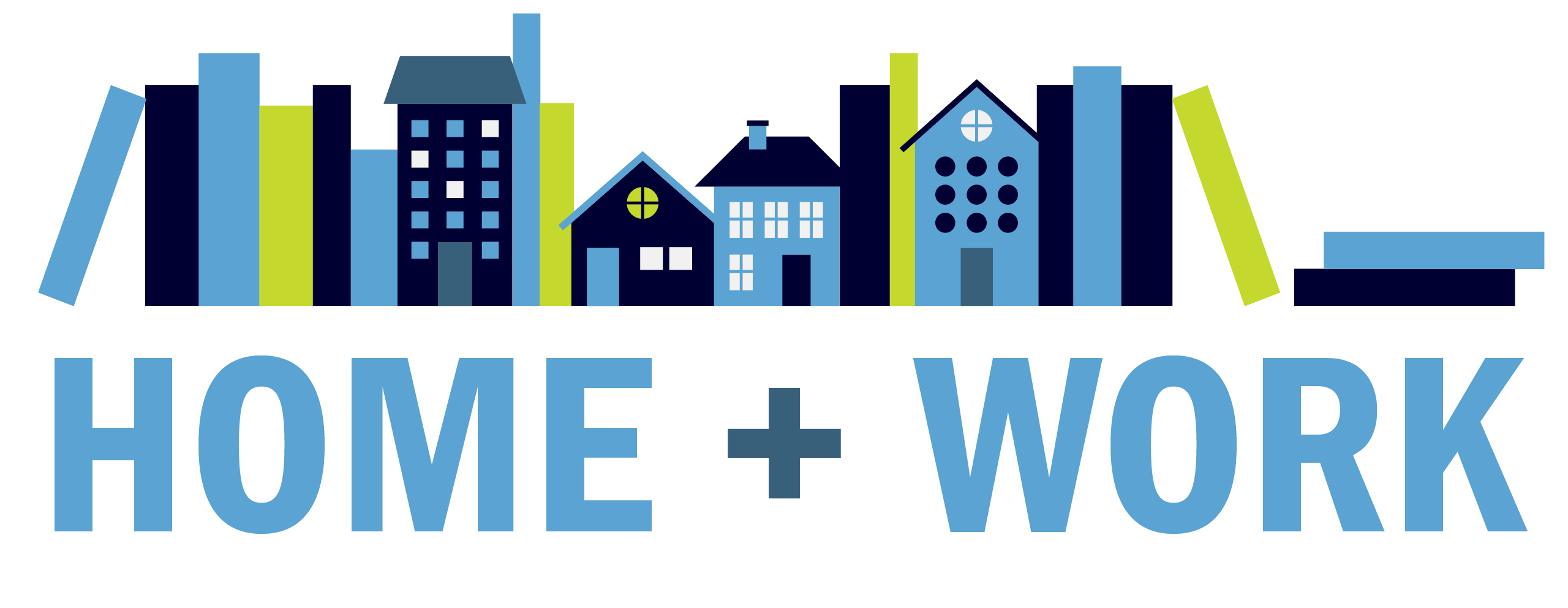Quick action created a remote University Libraries workforce that broadened access to collections during the pandemic.
On March 5, as the University Libraries was preparing to send employees home for an unknown length of time, María Estorino, associate University librarian for special collections, wrote a quick message: “Julie, just so I don’t forget, I’m thinking about metadata as a work-from-home project. Let’s discuss.”
“Julie” was Julie Rudder, the Library’s head of repository services. She, too, had been wondering whether a backlog of work in her unit—some of it involving metadata, or the text that describes digital files—could be the key to keeping employees engaged and productive at a challenging time.
“We had so much work that would require people, but we’ve never had the resources before to do it,” recalls Rudder.
Within a few weeks, the vague ideas had become six projects, each with a dedicated manager. Any Library employee who could not perform their regular duties from home could sign up. Some transcribed handwritten documents and audio files from the Library’s vast digital collections or from the North Carolina Digital Heritage Center, which it operates. Others added notes called alternative text to images so that users with visual impairments would know what they depict. Enhancing metadata was another option, as was auditing the Library’s subscription databases to see if they meet accessibility standards.
“Fundamentally, this was about making our collections usable for a wider audience,” says Estorino.
The University Libraries has been digitizing items it owns for nearly 25 years. During that time, she says, research has changed, especially in the humanities.
“We can no longer just present digital surrogates for people to read like they would in the reading room,” says Estorino. Today’s researchers expect transcriptions that they can use for text mining. They need informative metadata to explore collections or to use with mapping and other analytic software.
Adding this kind of information also helps community researchers—journalists, genealogists, amateur historians—who tend to search first online.
At their height, the projects kept more than 140 people who could not fulfill their usual duties focused on the core mission of the Library. Many of these employees have since returned to the workplace or to their regular responsibilities. The projects grew again in the fall when Carolina’s Work-Study office sought placements for 50 students. The students would have lost their financial aid without a campus job, even though campus had largely closed.
Rudder credits the project managers with creating a positive experience by scoping the work, creating documentation and providing thorough training. The Library’s administration helped by delivering temporary laptops and wi-fi hotspots to employees in need of technology.
“We moved fast. We moved really fast,” says Rudder, “and yet people are being successful on these projects. They are not struggling, even though they have never done the work before.”
Lucas Darden, supervisor for general collections conservation, usually repairs damaged books in the Library’s preservation lab. Since the spring, he has spent part of every work week determining the copyright status of items the Library had digitized—an important piece of information for both the Library and for researchers.
Darden says that in his first days out of the office, “it was hard for me to avoid feeling demotivated and guilty. It’s been a real consolation to have productive work where I can tell that I’m making contributions toward a goal.”
He has found the work so engaging that he signed up for an online class about copyright law. “I’m hoping it will give me the foundation to contribute to future projects at the intersection of copyright law and library work,” he says.
Because the Library has millions of digital items that need attention or enhancement, Rudder says the impact is hard to measure. “I joke that we could keep the whole Library employed for years and years, we have that much stuff. It’s not a huge dent . . . but it’s a great start.”
In many ways, the work remains exploratory. It offers a chance to find out what is successful and where to put resources, says Estorino, as well as to help employees build skills for the future. Behind it all, she says, is the same guiding philosophy: “We are preparing ourselves to meet the needs of our users now and tomorrow with our digital and digitized collections.
Story by Judy Panitch
This story originally appeared in the fall/winter 2020 issue of Windows, the magazine of the Friends of the Library at the University Libraries.
Return to Windows fall/winter 2020 stories


